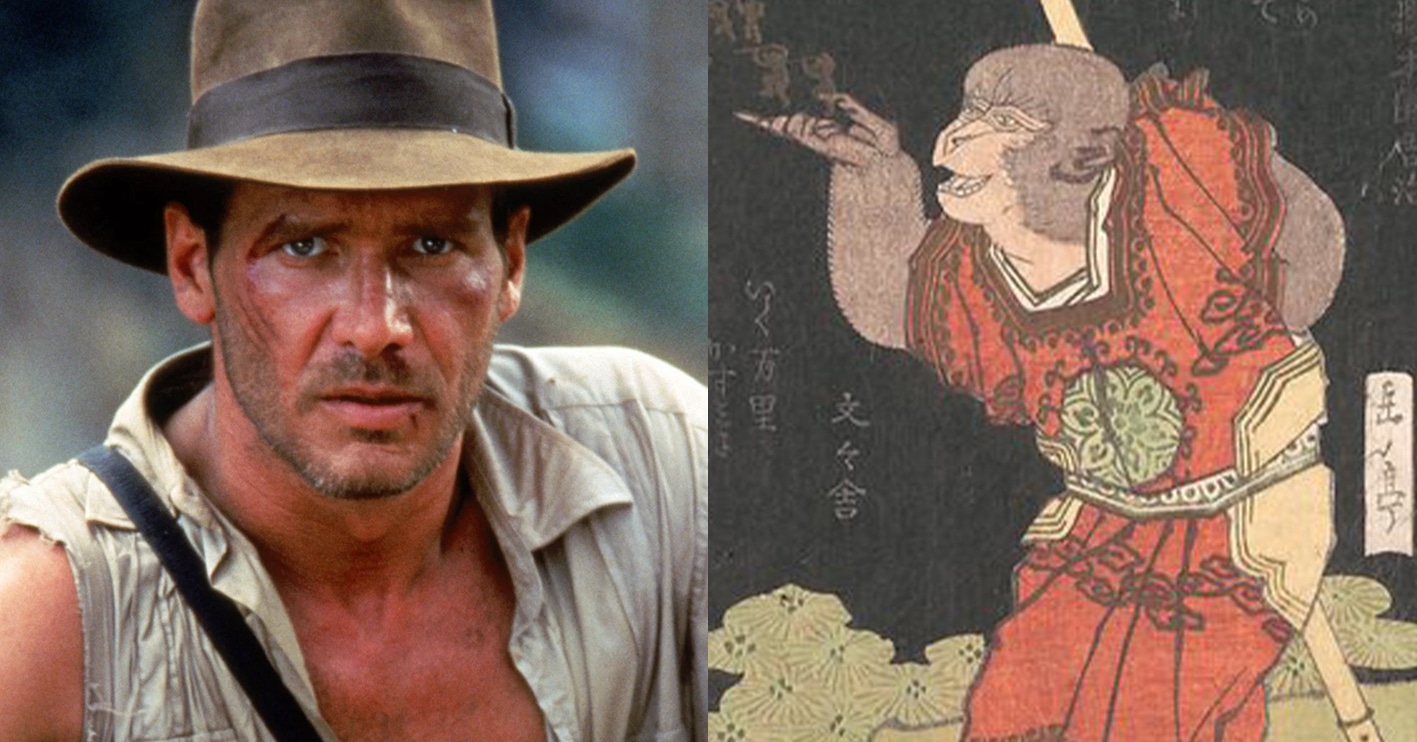From Raiders of the Lost Ark in 1981 to Indiana Jones and the Last Crusade in 1989, the adventures of Harrison Ford’s whip-cracking archaeologist adventurer topped-and-tailed the 80s. This initial trilogy of films could have looked rather different, however, as before Indy was sent in search of the Holy Grail in Last Crusade, some rather different adventures were considered.
After 1984’s second instalment Indiana Jones and the Temple of Doom, creators George Lucas and Steven Spielberg flirted with a number of ideas for a third film. One which came close to fruition was Indiana Jones and the Monkey King, a madcap adventure which would have taken place in African jungles and featured armies of gorillas, a Nazi super-soldier with a machine gun for an arm and Indy riding a rhino.
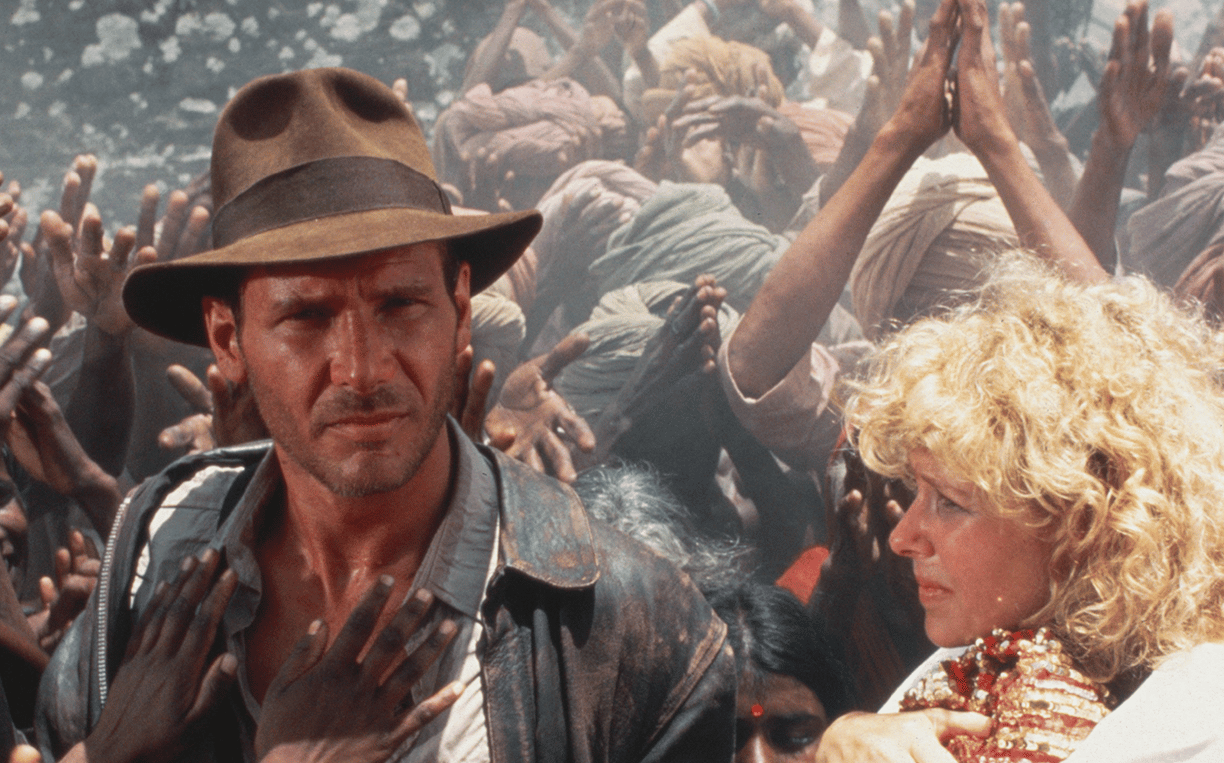
Raiders of the Lost Ark was the first professional collaboration between George Lucas and Steven Spielberg, and it proved to be a great triumph, wowing critics and audiences and becoming the biggest box office hit of 1981. Follow-up Indiana Jones and the Temple of Doom was also a huge hit in 1984, but it attracted criticism over its racist and sexist overtones, and prompted outrage from parents over its dark and violent content.
The filmmakers quickly realised they’d fumbled the ball on Temple of Doom: Spielberg expressed particular remorse, later declaring the film contained “not an ounce of my own personal feeling.” While all concerned were still keen to make a third Indiana Jones film, it was agreed they would not go ahead until they had a script that everyone was completely happy with.
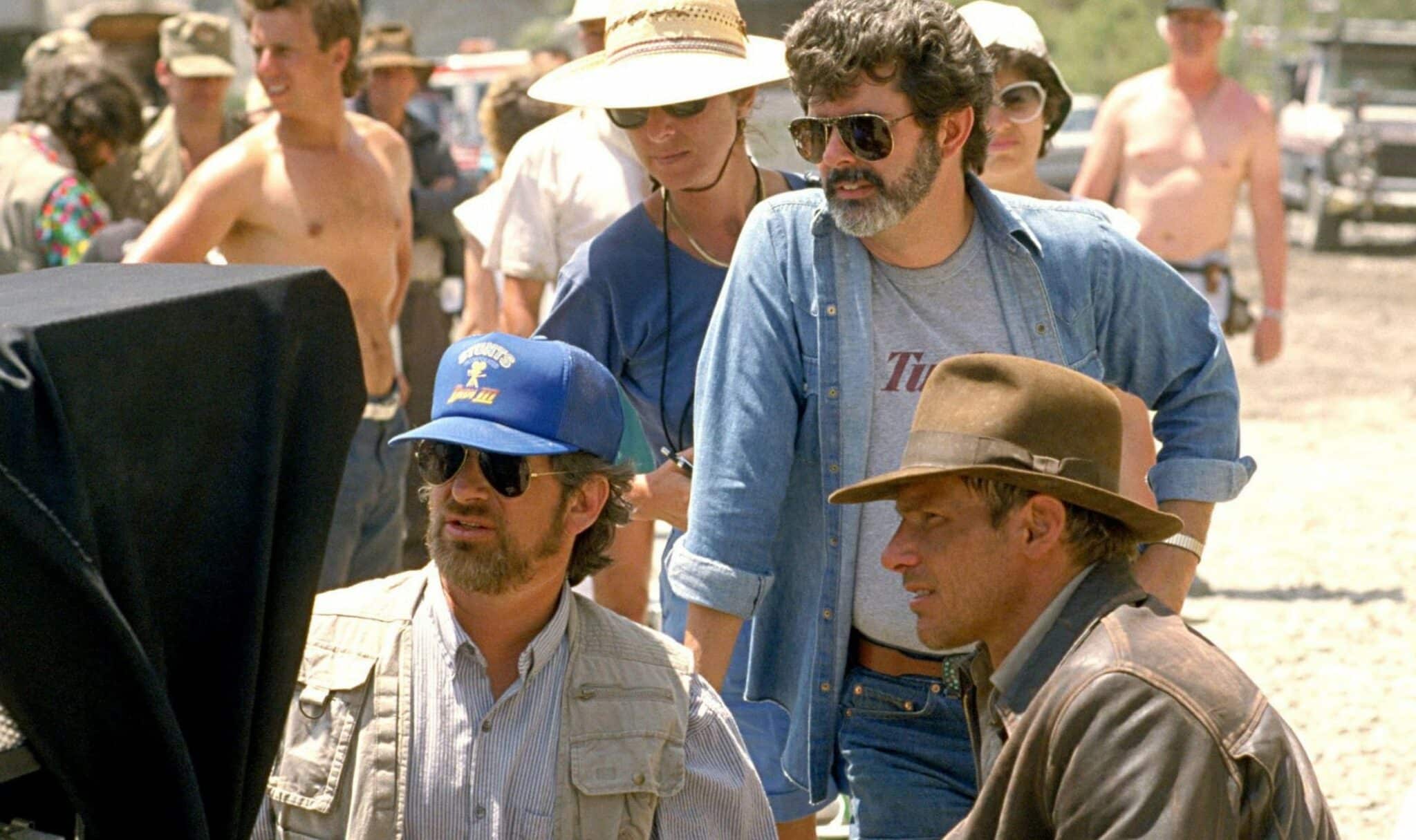
As the character’s original creator, George Lucas reserved the right to come up with the story for each Indiana Jones film, and his initial idea for Indy 4 was entitled Indiana Jones and the Haunted Mansion. As the title suggests, it would have seen Indy enter an old dark house full of ghosts, and Lucas enlisted Diane Thomas – writer of 1984 hit Romancing the Stone – to pen the screenplay.
While Thomas is believed to have completed a first draft, the project did not advance any further as Steven Spielberg wasn’t interested. As well as feeling Indy and ghosts were an odd mix, he’d also explored the haunted house idea already with Poltergeist. (Tragically, Diane Thomas died not long thereafter in a car accident.)
Then, Lucas came up with Indiana Jones and the Monkey King, more of a mystical adventure that would be closer in spirit to the first two films. To bring this story to life, Spielberg and Lucas hired one of the hottest up-and-coming young screenwriters of the time: Chris Columbus. Still only in his mid-20s at the time, Columbus had already written three Steven Spielberg productions: 1984’s Gremlins, plus 1985’s The Goonies and Young Sherlock Holmes.

In series tradition, the script for Indiana Jones and the Monkey King opened with the final chapter of Indy’s previous adventure; in this instance, Columbus started the story in a haunted house in Scotland, in order to include a hint of the abandoned Haunted Mansion project. Things are heightened from the get-go, as this opening sequence sees Indy facing off against a bona fide ghost, who brings suits of armour to life.
Following this mini-adventure, Indy returns to his university – and, as would happen in Last Crusade, the Monkey King script features the return of Denholm Elliot’s Marcus Brody, in a brief appearance. Indy quickly jets off to Mozambique to meet with a zoologist/possible love interest named Clare Clarke, who has found evidence leading to a lost city of Sun Wu Kung, the Monkey King. (Considering that this is a character from Chinese mythology, it’s curious that the action takes place in Africa.)
Legend has it that the lost city is home to the mystical Garden of Immortal Peaches, whose fruit has the power to grant eternal life. Naturally Indy and his colleagues aren’t the only ones keen to find this place of mystical power, for – as would also be the case in Last Crusade – our hero once again goes up against Nazis.
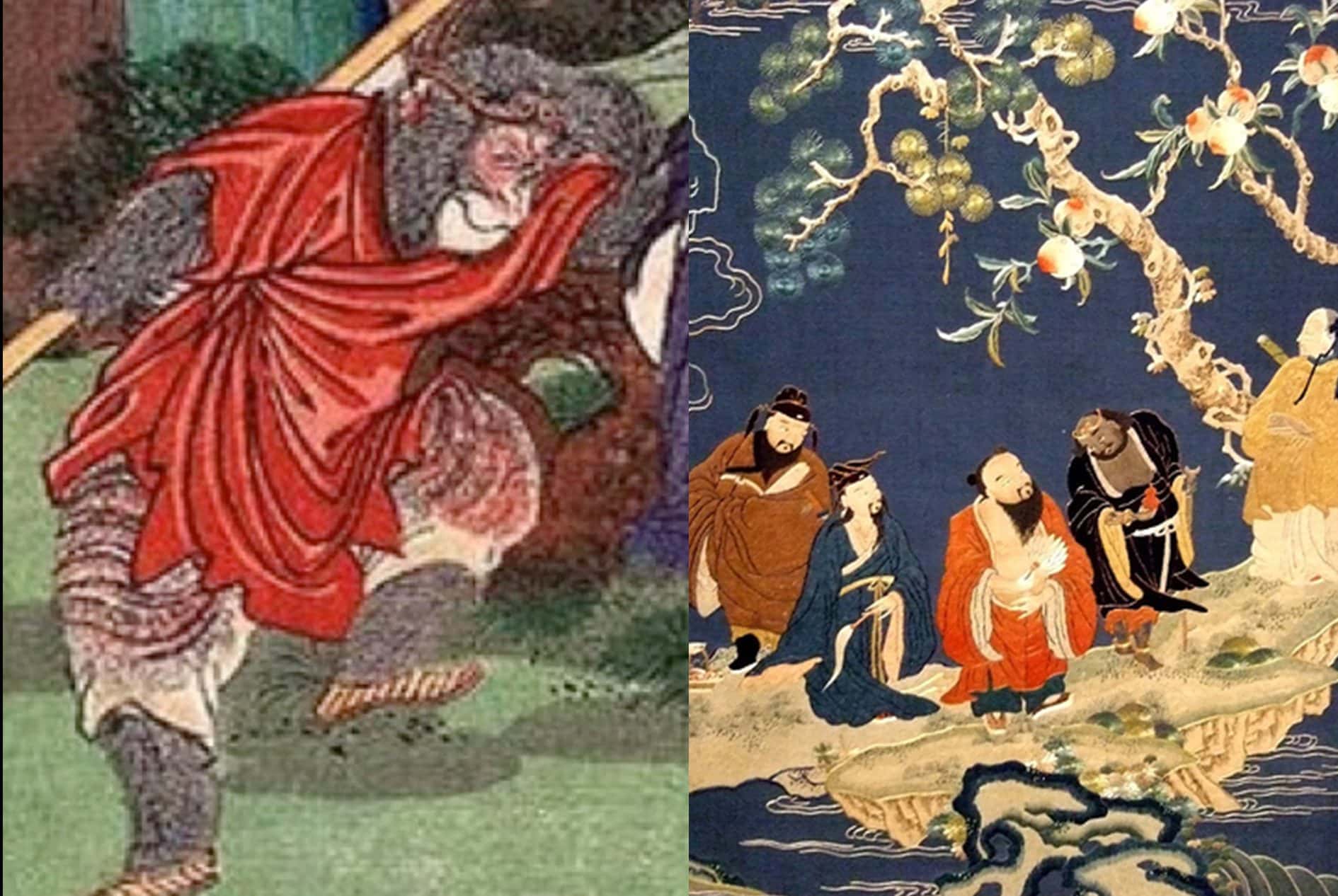
Chris Columbus didn’t do things by halves with his villains. In Monkey King, the German soldiers were to be commanded by Lt Werner Von Mephisto, a devilish, towering man with alopecia, and Sgt Helmut Gutterburg, a brute with a mechanical arm that doubles as a gun. The script also contains a tank chase almost identical to the one that ultimately featured in Last Crusade – although in Columbus’ script, the Nazis have a super-tank that is three storeys tall.
Aside from Marcus Brody, no other existing characters from earlier films appear. Joining Indy and his new love interest Dr Clarke are Tyki, a 200-year-old pygmy who knows the way to the lost city, plus Scraggy, their tough guide through the jungle. Then there’s another character named Betsy Tuffet, a lovestruck student of Indy’s with whom he unwisely (and unethically) had a fling; infatuated with her professor, Betsy stowed away to be close to him.
The Columbus script treats Betsy as a comic relief character, but the young woman has become so obsessive about Indy that she declares she will kill herself if she can’t have him. Nor is this just talk: Betsy proceeds to attempt suicide on multiple occasions, including hanging herself with Indy’s whip, and dousing herself in bourbon in an effort to set herself on fire – all of which is played for laughs.
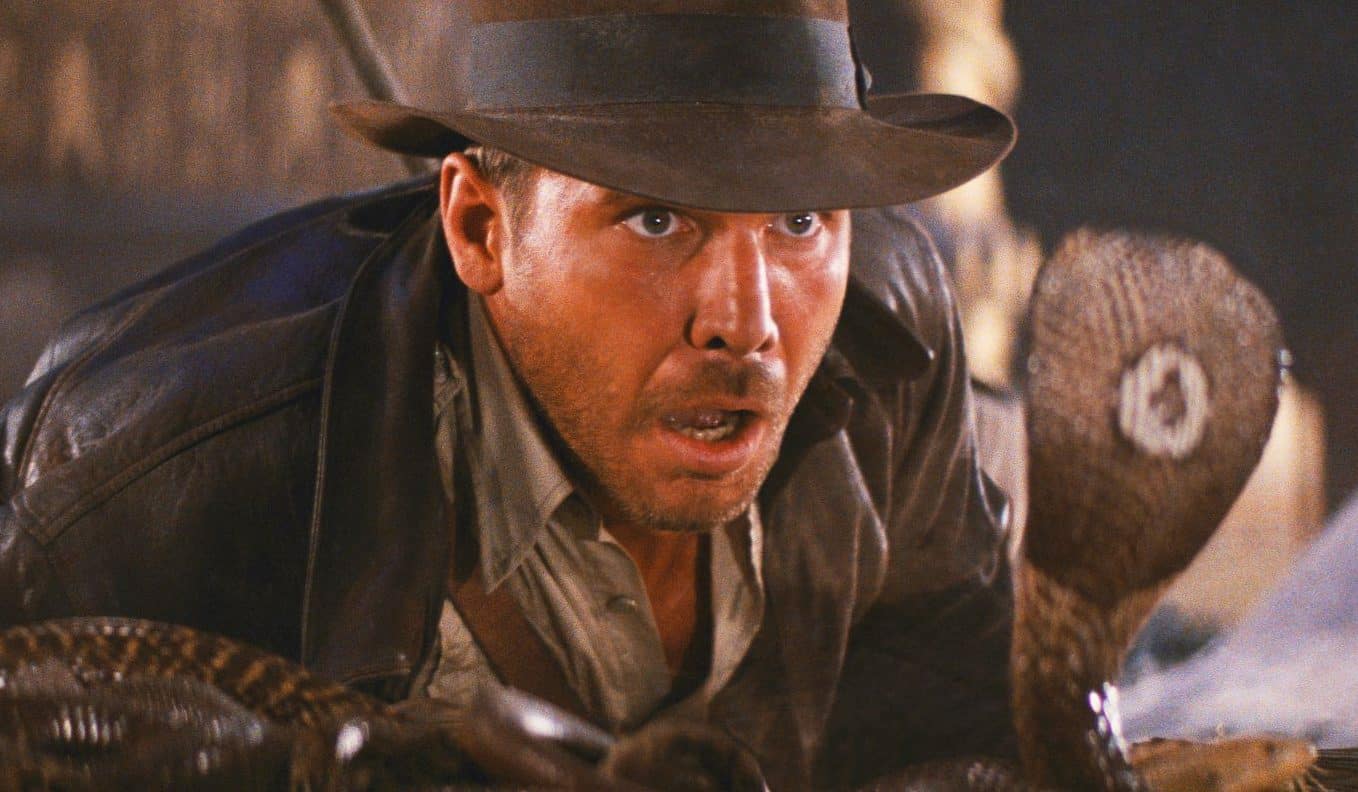
Not content with just Nazis as villains, in Monkey King Indy and co would also wind up facing off against pirates as they travel by riverboat, leading to an epic sword fight in a boat that’s about to go over a waterfall. Then they encounter primitive tribes whilst traversing the jungle, with attacks from gorillas and rhinos – leading to another epic chase sequence in which Indy winds up riding a rhino.
As if that wasn’t enough insane animal action, zoologist Clare Clarke is also able to make bird calls which summon huge swarms of birds to come down and peck their Nazi enemies to bits. There are also hordes of intelligent gorillas who fiercely defend their jungle home from outsiders.
Finally, Indy and co make it to the Garden of Immortal Peaches – but, in a shock twist, Indy sustains fatal injuries, and does indeed die. Of course, the mystical fruit is able to bring him back to life – but, as one of the wicked pirates discovers, eating the peaches will only give life to the pure of heart, whilst the wicked will be destroyed. This is a clear forebear to the climax of Last Crusade, in which drinking from the real Holy Grail gives life whilst the false grail takes it.

There was initially enough confidence in Indiana Jones and the Monkey King that the crew began to scout locations, but both Lucas and Spielberg quickly lost faith in the project. It was decided that the script was simply too large scale and excessive, and back in the mid-80s before the CGI boom, it would have proved very expensive and impractical to make. (Moreover, after the criticism Temple of Doom had attracted, there were fears that the script might have again lapsed into racist and sexist stereotyping.)
Columbus performed rewrites (reportedly cutting the character of Besty Tuffet completely from the second draft), but it wasn’t enough. Spielberg is said to have remarked that reading Indiana Jones and the Monkey King made him “feel very old – too old to direct it anyway.” Feeling they needed a fresh approach, Spielberg agreed to revisit an earlier idea from Lucas – having Indy search for the Holy Grail – on the proviso that the story would also centre on the relationship between the archaeologist and his father.
Indiana Jones and the Monkey King was subsequently shelved, and screenwriter Jeffrey Boam was hired to write Indiana Jones and the Last Crusade, which made it to screens in May 1989. This may have proven a blow for Chris Columbus, but he soon made a successful move from screenwriter to director with Home Alone, Mrs Doubtfire and the first two Harry Potter films.

After Last Crusade, Indy enjoyed further adventures in TV series The Young Indiana Jones Chronicles, plus various tie-in novels, comic books and video games (including 1992’s Indiana Jones and the Fate of Atlantis and 1999’s Indiana Jones and the Infernal Machine).
However, despite a number of other unproduced scripts – most notably Jeffrey Boam’s Indiana Jones and the Saucermen from Mars, and Frank Darabont’s Indiana Jones and the City of the Gods – our hero would not return to the big screen until 2007’s Indiana Jones and the Kingdom of the Crystal Skull, which proved hugely divisive.
It remains to be seen whether the as-of-yet untitled fifth Indiana Jones movie (which sees director James Mangold take over from Spielberg) will meet a more favourable reception. However, it looks likely that the 2023 film will contain elements of the abandoned scripts of years gone by: for one, the sequel is known for have shot scenes at a supposedly haunted castle.

